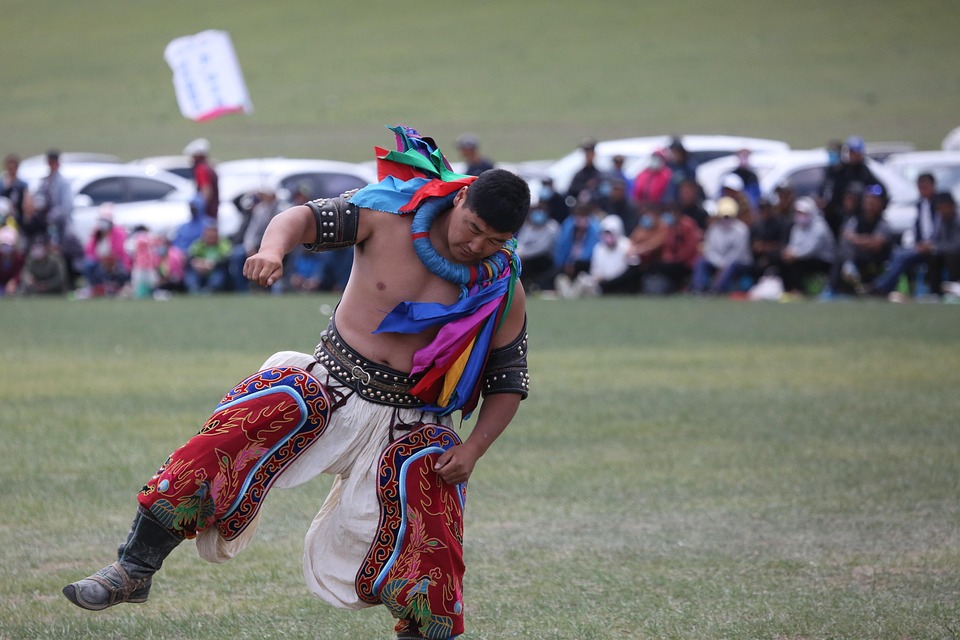Wrestling is often described as a blend of sport and entertainment, but at its core, it is a rich narrative form. The greatest wrestling matches resonate not just for their athletic feats but also for their storytelling prowess. The psychology behind a wrestling match is complex and multifaceted, weaving together character development, emotional engagement, and narrative arcs that captivate audiences. Here, we explore the essential components that contribute to making a great wrestling story.
Character Development
At the heart of every compelling wrestling match are the wrestlers themselves, portrayed as larger-than-life characters. These personas can range from heroic babyfaces to villainous heels, each carrying unique attributes, motivations, and relationships.
The Hero’s Journey
Typically, the babyface (the protagonist) embodies virtues like perseverance, integrity, and determination. The audience invests emotionally in their journey, rooting for them to overcome obstacles and adversaries. A well-crafted hero often has a relatable backstory or a compelling reason for fighting—be it redemption, justice, or loyalty—making their struggles resonate deeply.
The Villain’s Persona
Conversely, heels (the antagonists) play a vital role in crafting an engaging narrative. A great heel does more than just cheat to win; they often have a believable motivation and psychological depth. Whether it’s a desire for domination, jealousy, or pride, a well-developed villain forces the hero to confront bigger moral or ethical dilemmas, adding layers of complexity to their interactions.
Emotional Engagement
Wrestling is at its best when it resonates emotionally with its audience. This emotional engagement is achieved through various techniques:
The Build-Up
The lead-up to a match is crucial. Promos, backstage segments, and previous encounters all set the stage, building anticipation and heightening stakes. The longer the narrative arc, often involving multiple conflicts and resolutions, the more invested the audience becomes. This build-up can evoke emotions ranging from excitement to anger, culminating in a climactic showdown.
In-Ring Psychology
During the match itself, wrestlers employ "in-ring psychology" to keep fans engaged. This includes pacing—the rhythm of moves, pauses, and near-falls—and the strategic selling of injuries. For instance, a wrestler might take a significant blow that causes them to sell an injury, like limping or grimacing, which not only builds tension but also elicits sympathy from the audience.
Crowd Interaction
Wrestling matches often reflect a dynamic relationship between the performers and the audience. Crowd reactions can influence the performance; a heel may play up to boos, generating more heat, while a babyface may rally the crowd’s cheers, creating an electric atmosphere. This interaction transforms the match into a shared experience, amplifying emotions on both sides.
Narrative Arcs and Themes
A great wrestling story often conveys larger themes that resonate with personal or societal issues. Themes of redemption, betrayal, loyalty, and resilience can elevate the story. This depth allows audiences to connect the wrestling narrative to their own lives, creating a more meaningful experience.
Long-Term Arcs
Long-term storytelling extends beyond individual matches. It weaves together multiple encounters, alliances, and betrayals into an overarching narrative that can engage fans for months or even years. This continuity creates memorable moments, like betrayals that pivot the story in unexpected directions or a dramatic comeback following adversity.
Conclusion: The Impact of Storytelling
Ultimately, the psychology of a match lies in its ability to tell a compelling story. By crafting engaging characters, leveraging emotional engagement, and exploring profound themes, wrestlers create narratives that transcend the ring. Matches become unforgettable performances that not only highlight athleticism but also delve into the human experience, capturing the hearts and minds of audiences around the world.
In the realm of professional wrestling, the best stories endure—long after the last bell rings, they linger in the imaginations of fans, echoing the universal truths about struggle, triumph, and the indomitable spirit of the human condition.



